Frequent showers.
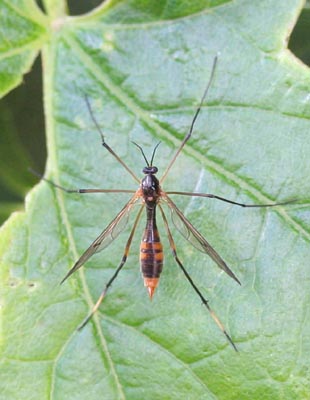
One of the more glamorous Ptycopterids: Ptychoptera contaminata. Closely related to Craneflies.
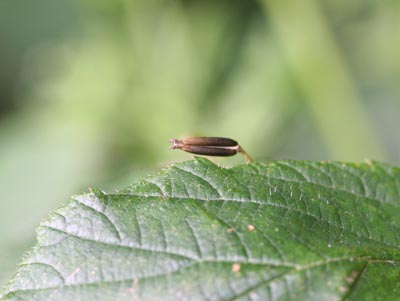
Although I recently showed the beetle-like seeds of Cow Parsley, this solitary specimen still made me look twice.
A couple of shots of the excellent hoverfly Volucella zonaria. Quite large at around 2 cm. long.
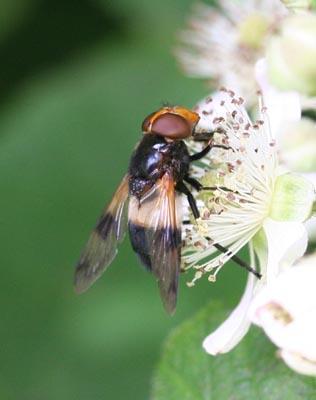
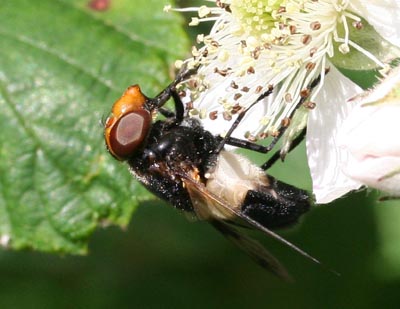
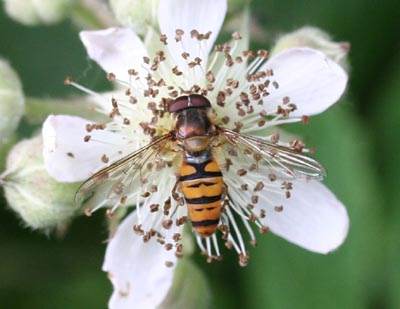
And another very frequent hoverfly - Episyrphus balteatus - the Marmalade Hoverfly.
This pair of images highlight the difficulty in Ichneumonid identification. The colouration is exactly the same, and the only obvious difference is the size of the antennae.
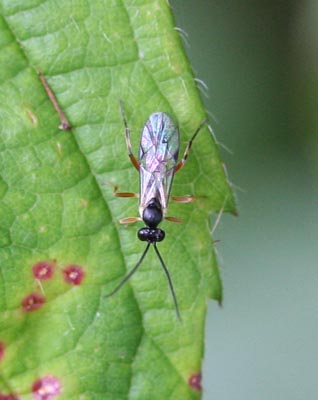
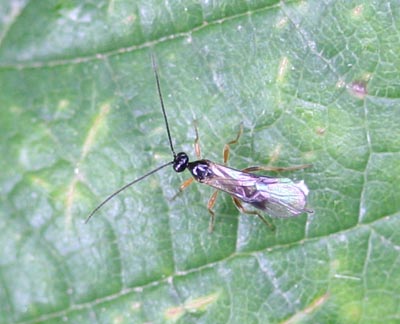
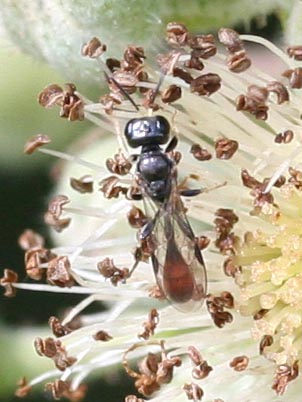
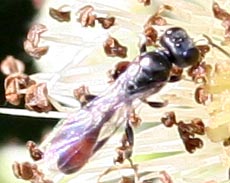

I rather liked the reddish emphasis of this fly.
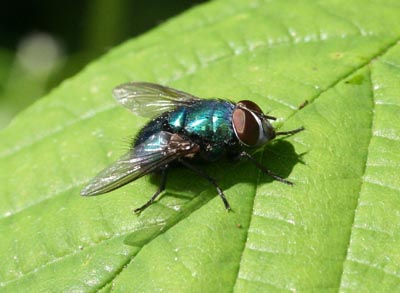
A very turquoise Blowfly.